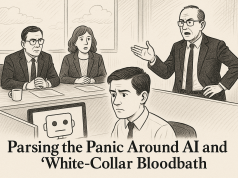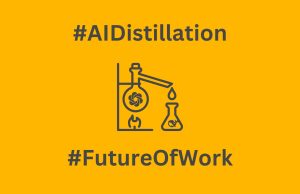As today’s leaders contend with the fast-paced demands of the modern workplace, the age-old quest for work-life balance becomes ever more elusive. The notion of neatly separating the professional from the personal has grown increasingly complex, building up to a pressing question: Is the ideal of work-life balance an attainable reality in leadership, or simply a myth we chase in the face of an ‘always-on’ culture?
In the Leadership Club blog, we dive deep into this conundrum, unwrapping the multi-layered challenges that leaders face. The contemporary work environment, with its technological advancements, seems to offer freedom and flexibility. Yet it often results in the tethering of our personal life to work, punctuated by the incessant pings of notifications that summon our attention at all hours. The integration of remote work has only muddied the waters further, dismantling the physical boundaries that once demarcated the office space from the home.
This permanent state of connectivity begets a narrative where leaders feel compelled to be ceaselessly accessible. What toll does this take on mental well-being, decision-making capabilities, and the larger organizational culture? The stress of constant engagement can lead to burnout, a reduction in productivity, and a stifling of creativity—ironically, all elements that good leadership seeks to avoid.
Moreover, the pressure to maintain this semblance of balance can create an environment of unspoken expectations, where employees feel the need to mirror these ‘always-on’ habits. This not only perpetuates a cycle of stress and burnout but can also contribute to a toxic workplace culture that prioritizes availability over actual productivity and results.
But perhaps most importantly, it is time to ask if our traditional expectations of a work-life balance are realistic in today’s leadership roles, or if instead, we should be advocating for a new paradigm. Should we be promoting ‘work-life integration’—a concept that recognizes the fluidity between work and personal duties, allowing for a more holistic approach to managing the two?
As we examine these questions, we must consider new strategies for leadership that prioritize well-being, sustainable productivity, and the acceptance that balance may not mean an equal division of time, but rather a more nuanced, harmonious blending of our professional and personal lives.
The myth of work-life balance may persist, but it is incumbent upon us as leaders to redefine what balance means, to embrace the technological tools at our disposal, and to set boundaries that enable us to lead with vigor, compassion, and resilience in the 21st-century workplace. It is only by acknowledging and navigating these new realities that we can hope to create a leadership culture that is both effective and sustainable for the future.


























